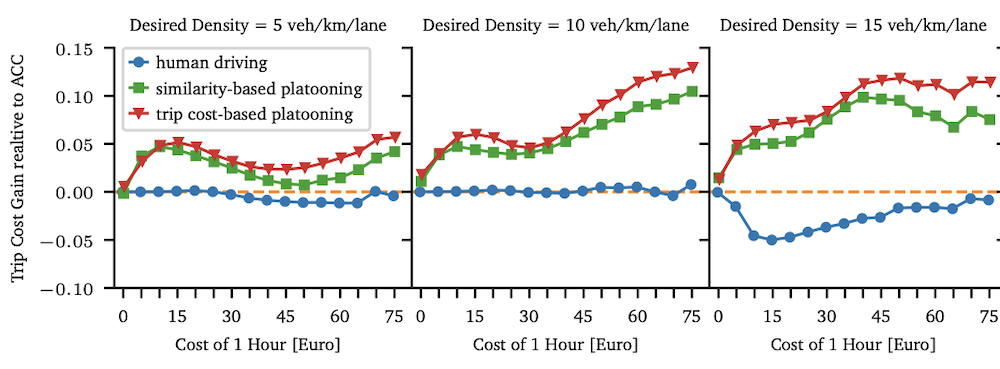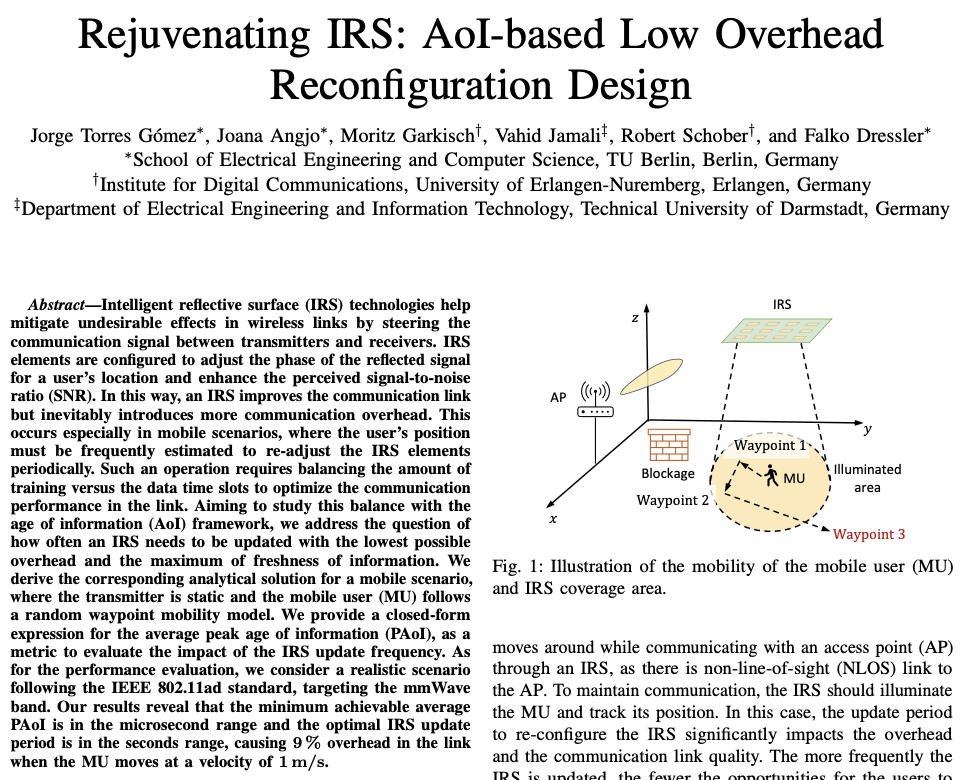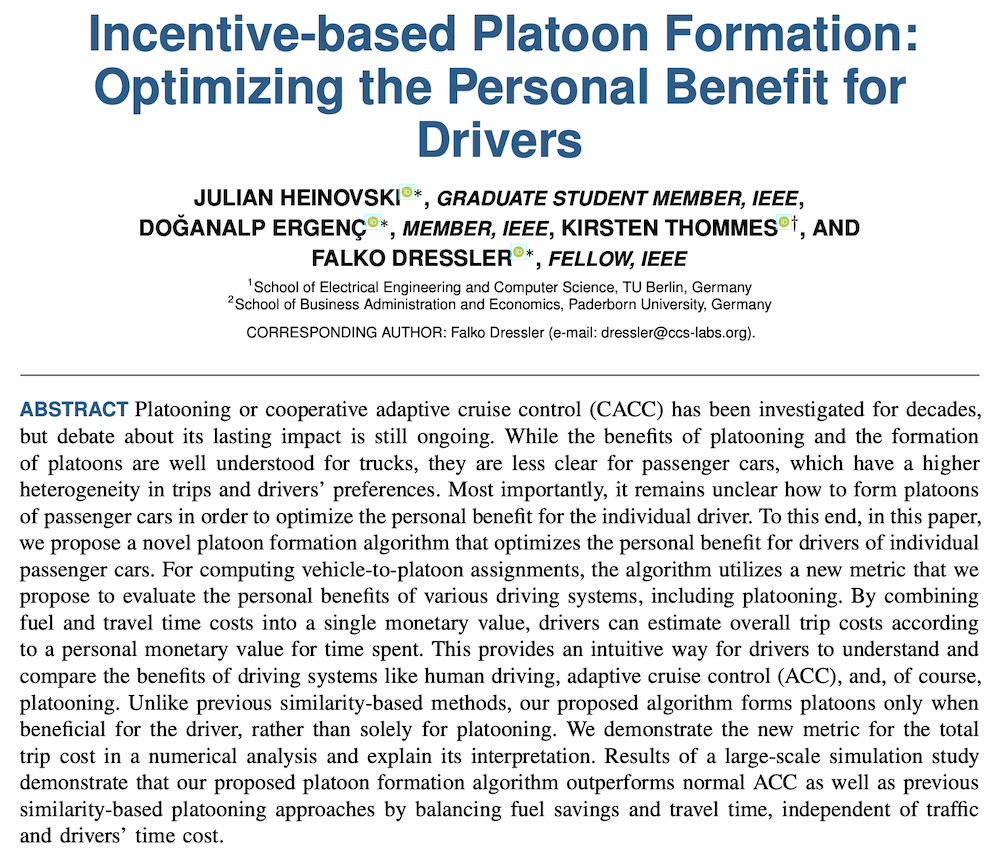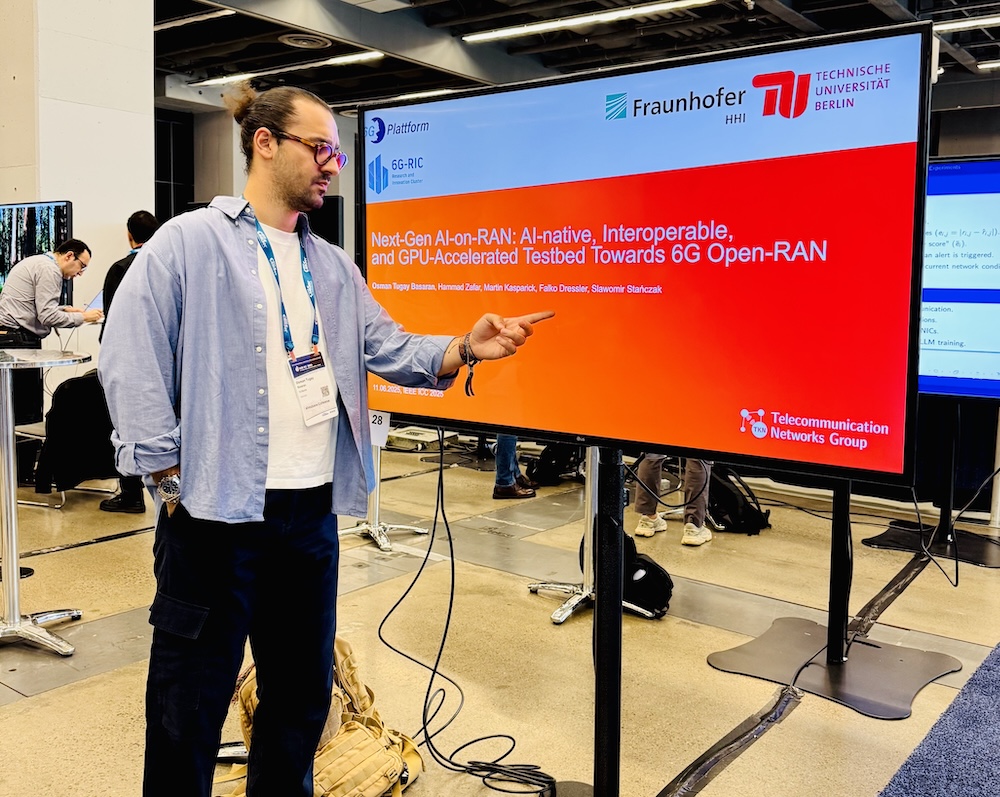Literature Database Entry
limmer2012network
Tobias Limmer and Falko Dressler, "On Network Monitoring for Intrusion Detection," Praxis der Informationsverarbeitung und Kommunikation, vol. 35 (1), pp. 32–39, April 2012.
Abstract
Network-based intrusion detection approaches are frequently in use to track down malicious activities. However, all approaches in the field have always been struggling to cope with increasing network speeds. This article investigates the reasons behind this fact by providing a detailed analysis of methodologies that are commonly used by Network-based Intrusion Detection Systems (NIDSs), thereby focusing on the layer of packet capturing and data filtering. Recently, the performance of NIDSs has been greatly improved by new software-based and hardware-based techniques. On the one hand, improvements and optimizations within the processing chain allow faster packet capturing and analysis, and on the other hand, the advance of multi-core processors encourages the parallelization of NIDSs, thus achieving further speedups. But especially in the area of passive data analysis with only limited control on the incoming data rate, Amdahl's law poses strict limits on parallelization and achievable processing speeds for NIDSs.
Quick access
Original Version ![]() (at publishers web site)
(at publishers web site)
Authors' Version ![]() (PDF on this web site)
(PDF on this web site)
BibTeX ![]()
Contact
BibTeX reference
@article{limmer2012network,
author = {Limmer, Tobias and Dressler, Falko},
doi = {10.1515/pik-2012-0006piko.2012.35.1.32},
title = {{On Network Monitoring for Intrusion Detection}},
pages = {32--39},
journal = {Praxis der Informationsverarbeitung und Kommunikation},
publisher = {De Gruyter},
month = {4},
number = {1},
volume = {35},
year = {2012},
}
Copyright notice
Links to final or draft versions of papers are presented here to ensure timely dissemination of scholarly and technical work. Copyright and all rights therein are retained by authors or by other copyright holders. All persons copying this information are expected to adhere to the terms and constraints invoked by each author's copyright. In most cases, these works may not be reposted or distributed for commercial purposes without the explicit permission of the copyright holder.
The following applies to all papers listed above that have IEEE copyrights: Personal use of this material is permitted. However, permission to reprint/republish this material for advertising or promotional purposes or for creating new collective works for resale or redistribution to servers or lists, or to reuse any copyrighted component of this work in other works must be obtained from the IEEE.
The following applies to all papers listed above that are in submission to IEEE conference/workshop proceedings or journals: This work has been submitted to the IEEE for possible publication. Copyright may be transferred without notice, after which this version may no longer be accessible.
The following applies to all papers listed above that have ACM copyrights: ACM COPYRIGHT NOTICE. Permission to make digital or hard copies of part or all of this work for personal or classroom use is granted without fee provided that copies are not made or distributed for profit or commercial advantage and that copies bear this notice and the full citation on the first page. Copyrights for components of this work owned by others than ACM must be honored. Abstracting with credit is permitted. To copy otherwise, to republish, to post on servers, or to redistribute to lists, requires prior specific permission and/or a fee. Request permissions from Publications Dept., ACM, Inc., fax +1 (212) 869-0481, or permissions@acm.org.
The following applies to all SpringerLink papers listed above that have Springer Science+Business Media copyrights: The original publication is available at www.springerlink.com.
This page was automatically generated using BibDB and bib2web.






